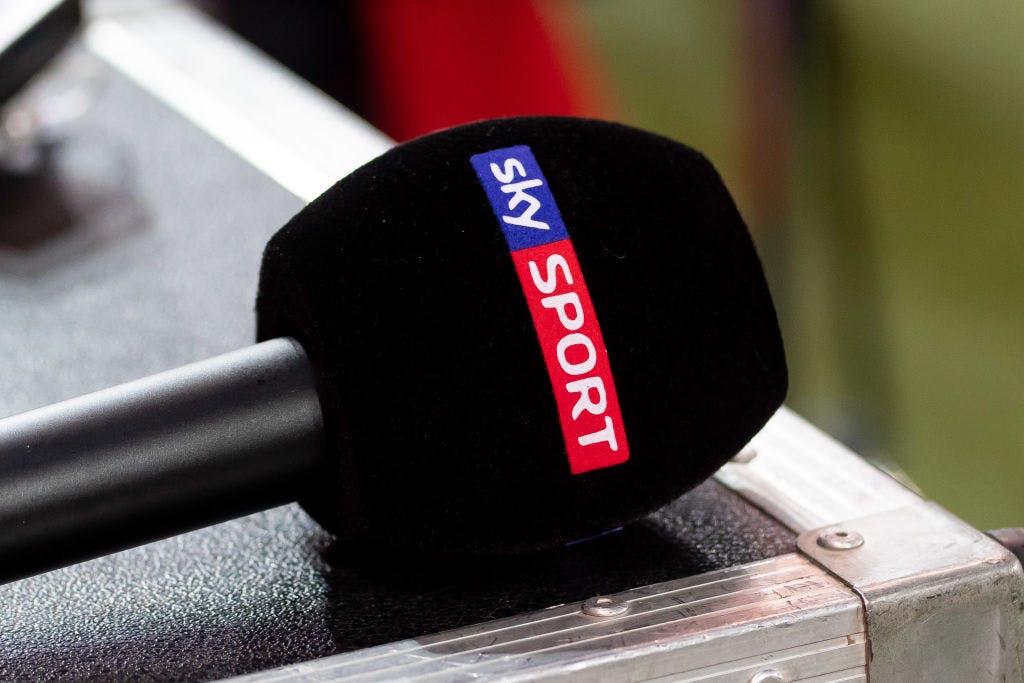
In 2019, Sport England published its Diversity in Sports Governance report, finding a mere 5 per cent of Board members across Sport England and UK Sport funded-bodies identified as BAME. Likewise, only 5 per cent declared or considered themselves to have a disability and just 3 per cent identified as being openly LGBTQ+.
In 2020 Odgers Berndtson, in partnership with BoardEx, conducted its own analyses of diversity at the leadership team level in organisations – looking specifically at gender. It found that from a global average of all industries (including sport), only 19 per cent of leadership team positions are held by women.
The stats make for bleak reading, particularly in light of movements like Black Lives Matter which has had such an impact on global sport, and intricately aligned it to the global diversity and inclusion agenda.
Because of this, the demand for change in the representation of sports leadership is now being vocalised right through from those in senior positions to the players on the pitch. Sadly, there are no overnight fixes; no silver bullet that can be used to solve the problem. There are, however, powerful actions, policy changes and commitments that sports organisations can make to start improving diversity of all kinds within their senior leadership ranks.
These are five steps that they could take:
Introduce mentoring programmes
Mentoring or coaching programmes are one of the most effective ways of taking underrepresented talent and helping them progress through your organisation and overcome the glass ceiling. It is particularly effective at developing those at the middle management level – often a choke point for diversity in an organisation. This is how you can start to build a pipeline of diverse talent that you can draw upon when it comes to your next senior leadership appointment.
It is also a strong statement to others in your organisation that there’s a clear commitment to individuals from diverse backgrounds, which will make you far more likely to retain the diverse talent you have and attract more of it externally.
The approach to mentoring and coaching does not just need to be internal. Partnering with industry charities that provide career outreach programmes to networks of diverse talent can also help your organisation expand the pool of prospective leaders it has to choose from.
Our sports, media and gaming practice for example, partners with Women In Sport – a charity whose mission is to improve opportunities for women working in the sports industry. We are also part of the #10000BlackInterns initiative, whereby we provide work experience, development programmes and mentoring to Black interns in the UK.
Develop diverse talent networks
It is not possible to simply switch out your leadership team for one that is more diverse. Instead, you need to ensure you have access to a readily available pool of diverse leaders.
Developing professional networks of diverse leadership talent is one way of achieving this. Creating events with guest speakers, hosting informal networking lunches for underrepresented professionals in the industry and attending industry events also aimed at underrepresented professionals will help you to start building this network.
The same thing can be achieved by partnering with headhunters who have a proven network of diverse leadership talent that they can tap into on your behalf. Importantly, this also provides you with statistical evidence of carrying out placements of diverse talent from wholly inclusive shortlists.
So rather than repeatedly fishing from the same pond, you can reach out to a far broader pool of candidates every time a leadership position becomes available.
Implement flexible working and gender-neutral language
Sports organisations that change the parameters of their roles so that they fit flexibly around modern family life and caring responsibilities are likely to see far more applications from women, as well as from men with family commitments.
For example, last year, Zurich Insurance began advertising part-time, job sharing or flexible working in all job vacancies, to make roles more attractive for female candidates with family commitments. As a result, the number of women they hired for senior positions rose by 33 per cent.
By adapting job descriptions to use neutral language, you will also see applications from underrepresented groups increase. This includes removing words and phrases like ‘gravitas’, ‘proven experience’, ‘deep knowledge of sport’, ‘extensive’ board experience, and ‘Russel Group/Ivy League’ or equivalent. Avoiding male and female pronouns has a similar effect.

Commit to industry targets or set your own
Setting diversity objectives is the most effective way of reporting on and measuring leadership team diversity. Especially when made public, they provide an accountability mechanism that enacts change. They are so effective that last year the FA launched the Leadership Diversity Code, which sets out clear targets for the level of diverse representation football organisations should have. So far, 40 clubs have signed-up to the code.
These targets don’t need to be set by a governing body. Sports organisations can set their own and it will send a clear and positive message if they do. While not a sports organisation, Sky for example, has recently set itself the target of ensuring 20 per cent of its UK and Ireland workforce and senior leadership team are from diverse backgrounds by 2025.
Use psychometric testing when recruiting
When used in the context of leadership team profiling, psychometric testing is essentially a scientific method of measuring a candidate’s skills and behavioural traits against those of the current leadership team. It means that sports businesses can augment their current leadership skills mix with the specific skills and behaviour types that they may not currently have.
It also negates unconscious bias factors by forcing those involved in the hiring decision to concentrate purely on a candidate’s skills, capabilities, knowledge and most importantly, potential.
Affinity bias is one of the most common biases those hiring can have, and results in an unconscious preference for candidates who are more similar to themselves. By focusing on a candidate’s abilities, this bias is reduced.
When global sports events were cancelled last year, it crushed the widely held assumption that sport was, and should, be exempt from the realities of the outside world. Combined with ‘Black Lives Matter’, it prompted a global movement of athlete activism and solidarity, with sport becoming a leading voice in the effort to tackle diversity and inclusion. As a result, the spotlight has been firmly affixed on the under-representation of those in power in the sports industry. Checking this imbalance is now a priority for sports leadership and with sustained effort and purpose-driven commitment, the above actions can be used to make it a reality.